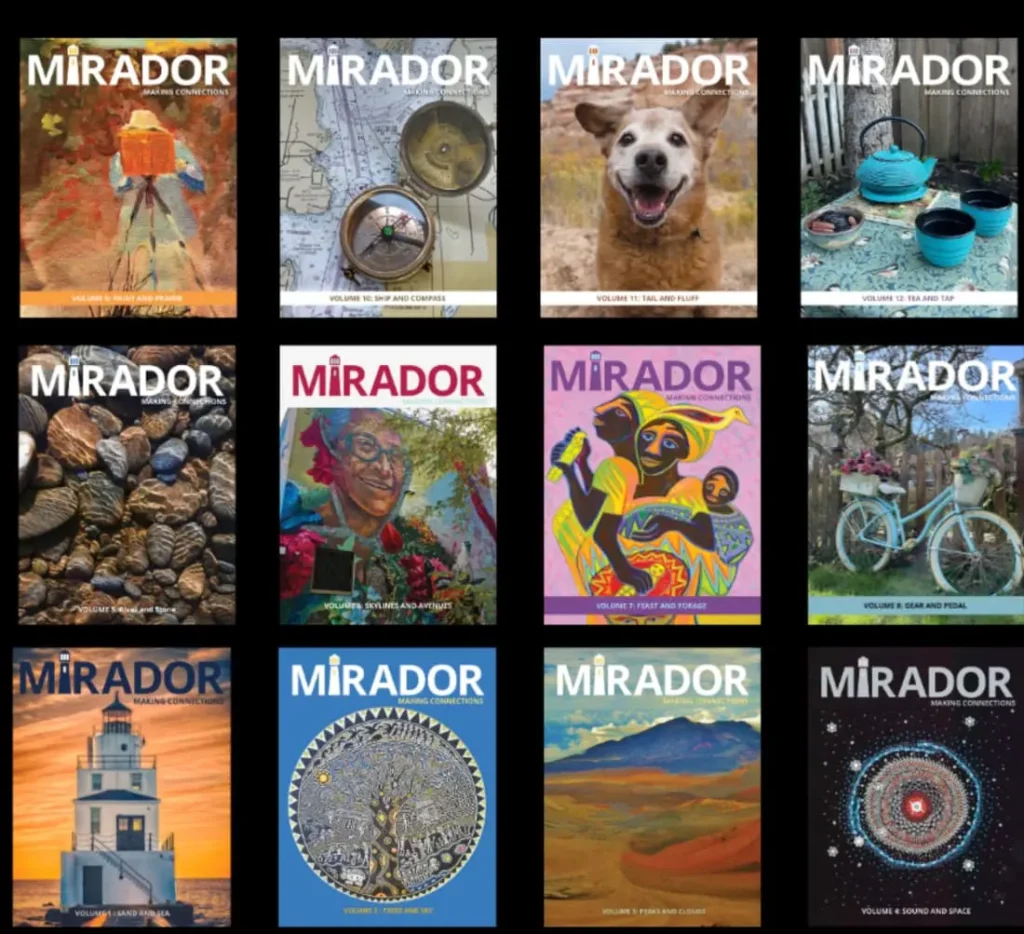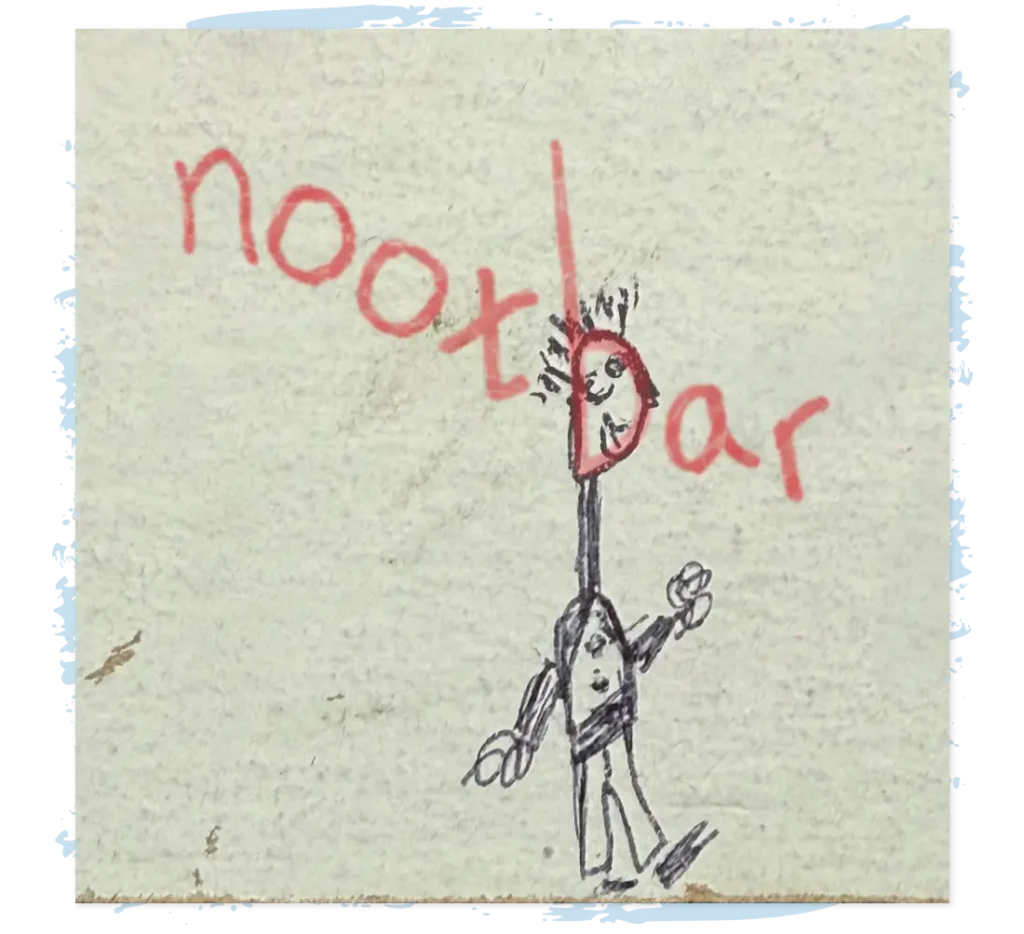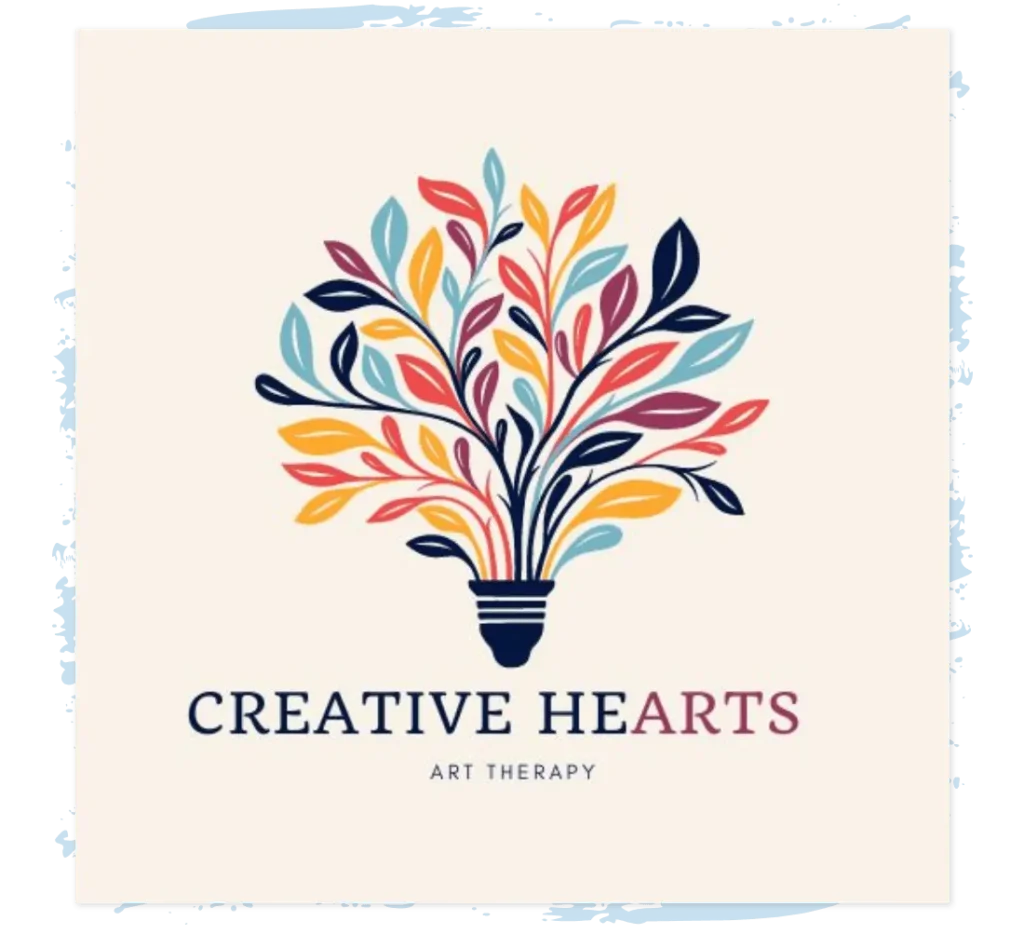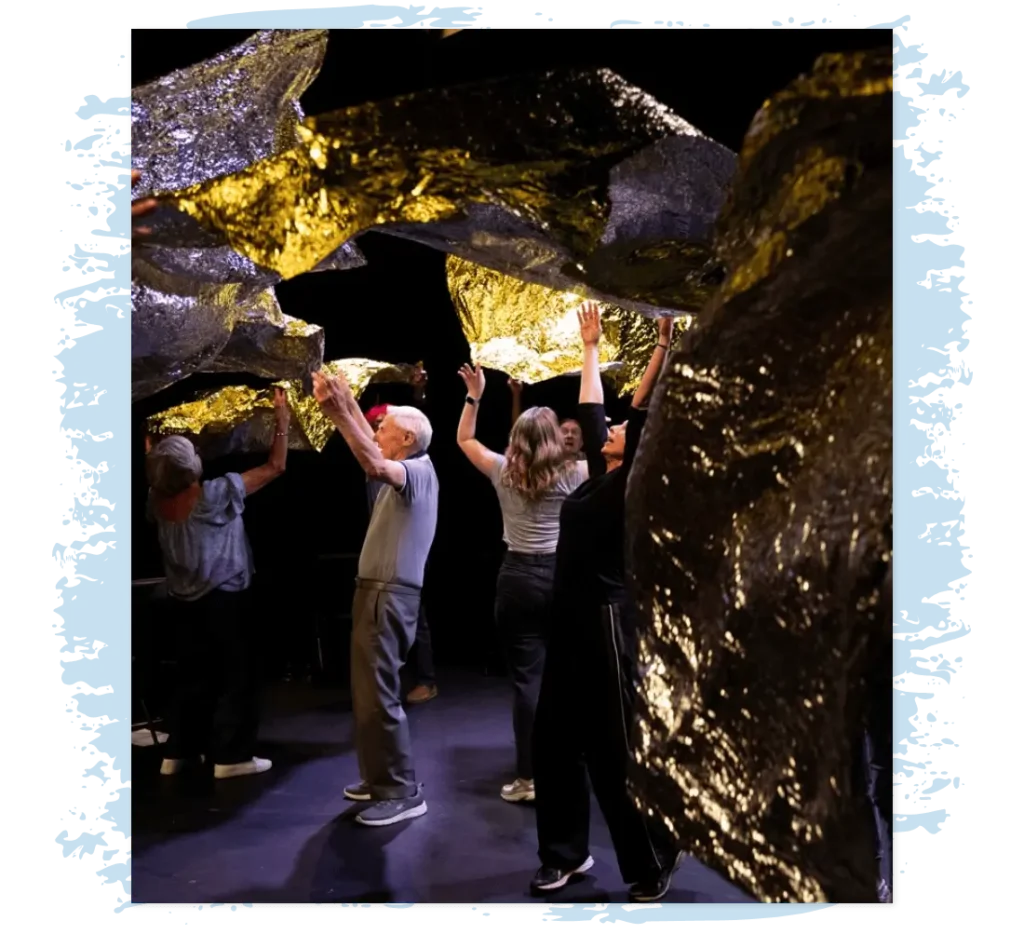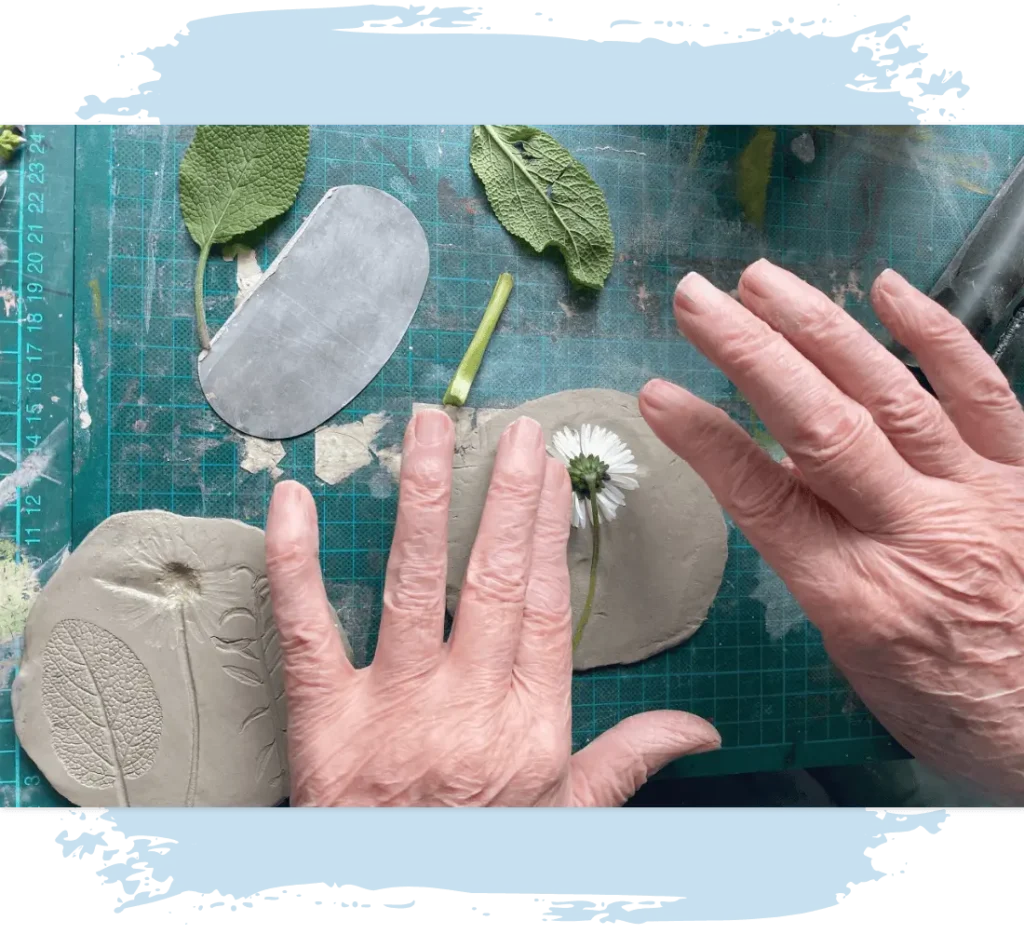Please describe Mirador magazine and the thought that goes into producing it.
Mirador provides accessible, leisure-oriented reading for people experiencing brain change due to dementia, trauma, or a non-neurotypical diagnosis. There is a staggering lack of engaging, adaptive-text publications designed specifically for the changing brain. Mirador fills that void. We know reading promotes cognitive health for the brain as well as the body. Reading can lessen feelings of isolation and loneliness by stimulating imagination, curiosity, and feelings of comfort and connection. Even when comprehension may be in decline, reading in and of itself can still provide enjoyment.
Mirador incorporates various practices to ensure that each magazine page facilitates easy reading, comprehension, and, most importantly, enjoyment. Our word count, sentences, and paragraphs are short. The language is clear without simplifying the vocabulary. It’s essential that our content honors our reader’s experience, education, and intelligence. We also incorporate as much original art as we can because we know that art sparks conversation just as much as a good story. Our pages are designed with calming colors, a clean layout, no advertising, and other elements that allow readers to become absorbed in the stories and activities without being overwhelmed. Finally, the paper we use is pleasantly heavy so that it feels good to the touch and withstands multiple readings.
Mirador provides a resource for people to self-engage in the familiar look of a magazine and as a tool for care partners. The short stories and larger text also appeal to younger family members and friends, allowing multi-generational engagement.


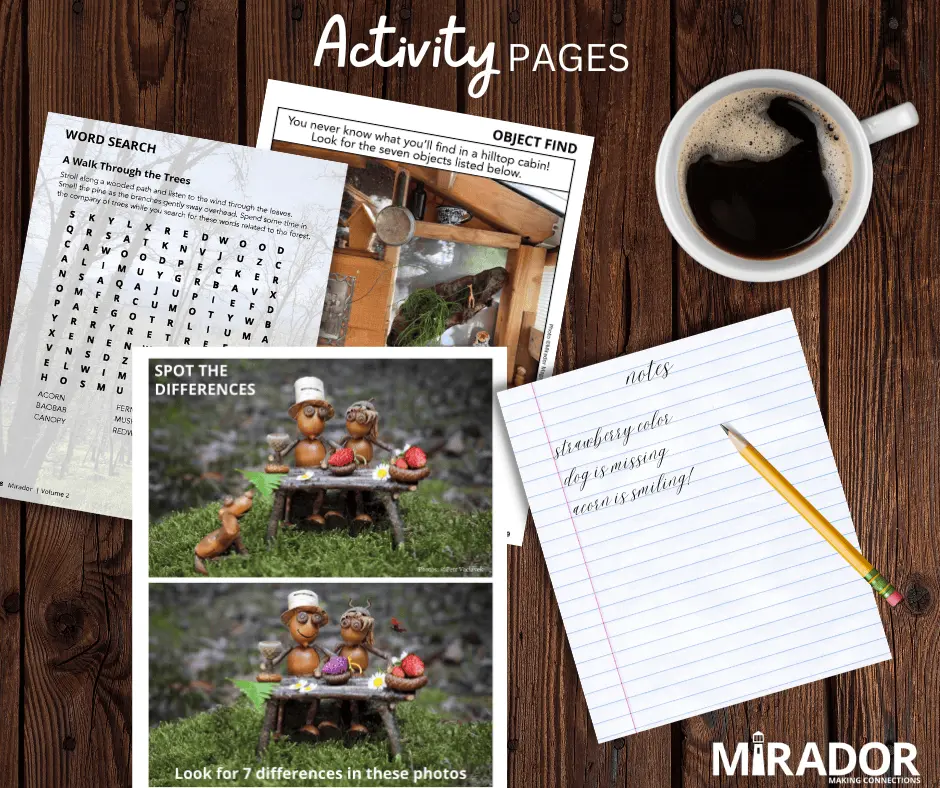

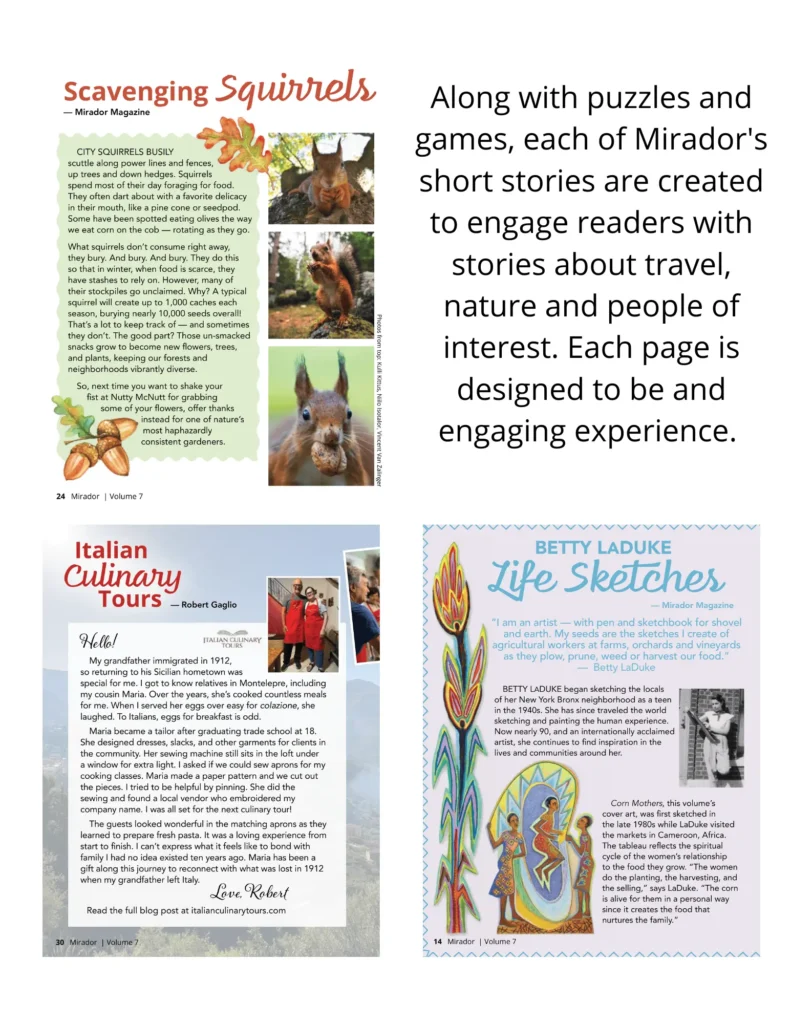


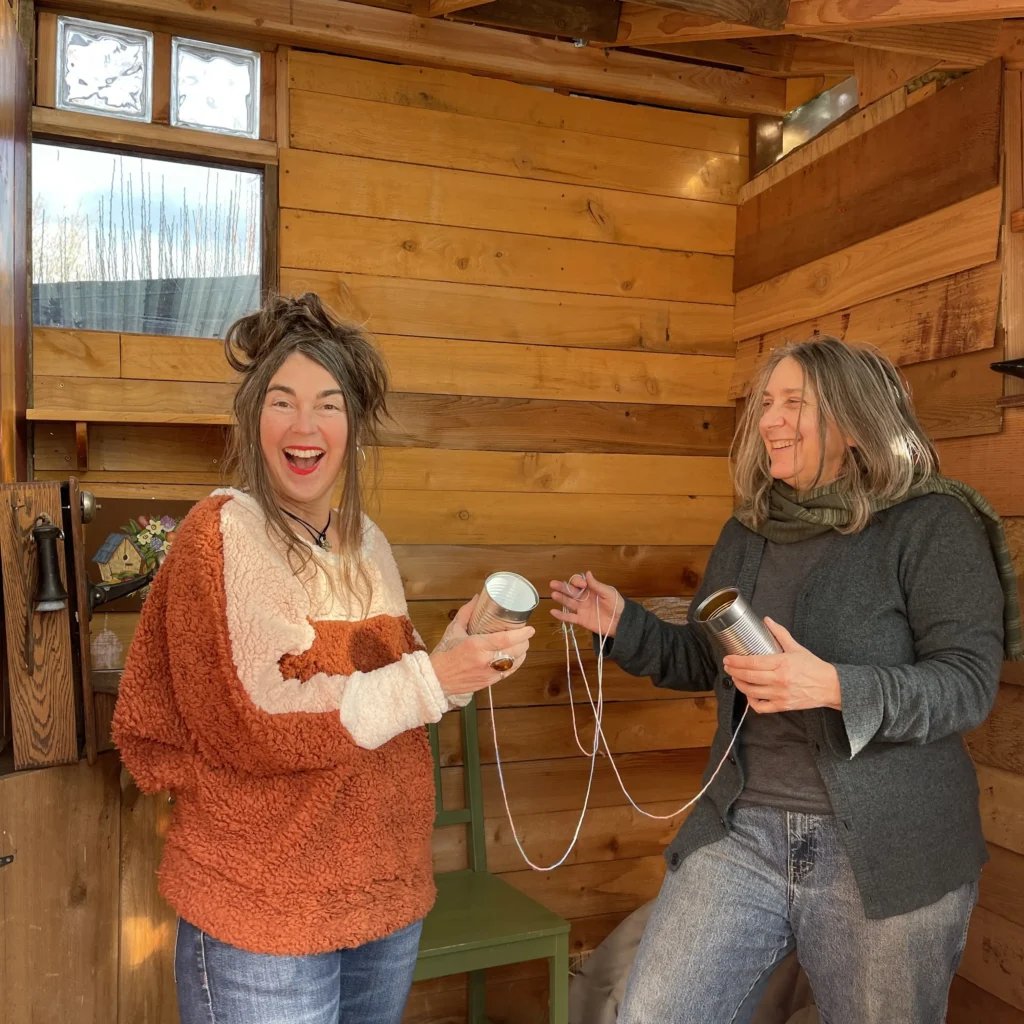
Who initially inspired you to grapple with dementia?
My (Co-founder Nikki Jardin) Aunt Rebecca was diagnosed with young-onset Alzheimer’s at the age of 63. I spent a lot of time with her throughout her journey and saw how things that used to provide her comfort were becoming less and less accessible due to her diagnosis. She had always been a great lover of magazines and would often use stories she had read as a means for discussion with myself and others. As traditional magazines become impossible for her to read, I wanted to provide her with something that her changing brain could take in.
Co-founder and Art Director Tave Fasce’s work is informed by her mother, who has mild cognitive impairment due to Multiple Sclerosis as well as her own ADHD diagnosis. Acknowledging and having awareness of the wide range of our non-neurotypical community helps us to create a magazine for as many people as possible.
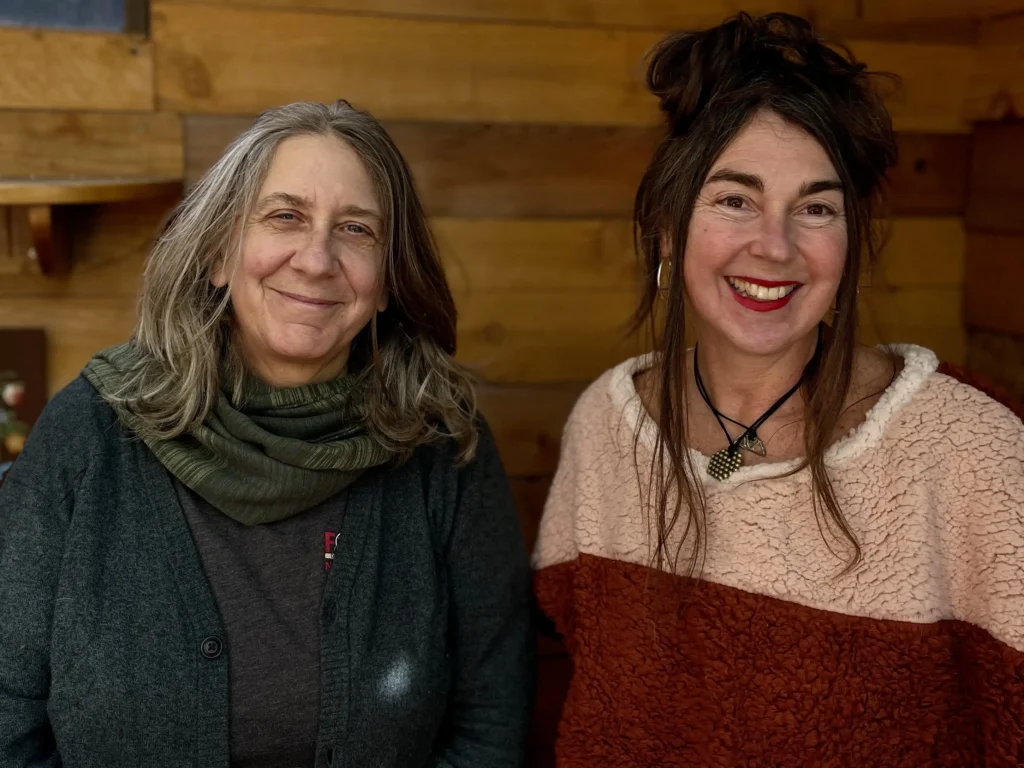
Elevating this community through art provides much-needed awareness to soul-tending as well as other vital resources.
Nikki Jardin
How has working on Mirador changed you?
We started working on this project in 2018 and since then have seen so many artists—including people experiencing dementia and their care partners— in the creative space, which is absolutely inspirational. There is still tremendous stigma around a dementia diagnosis, but we have seen change, even in these last few years, on how communities are responding to the dementia community.
Of course, there is still a lot of work to be done, but it feels like art, music, dance and the literary space are making room for people to express themselves in a way that is being heard across multiple platforms. This is so encouraging because people with this diagnosis, as well as those within the aged demographic, can find themselves underheard and forgotten. Elevating this community through art provides much-needed awareness to soul-tending as well as other vital resources.
How has Mirador been received?
We are so grateful for the words of encouragement and gratitude we’ve received from both families and the professional community. Sons and daughters, siblings and spouses send us beautiful stories (and photos!) of their loved ones enjoying the pages of our magazine. We’ve also been honored to have support and testimonials by people we greatly admire, such as Laurette Klier from Nana’s Books, Teepa Snow of Positive Approach to Care, Lori LaBey of Alzheimer’s Speaks, Lance Slatton of All Home Care Matters, and Cindy and Christina Hardin-Weiss from Adaptive Equipment and Caregiving Corner among many others. We were thrilled to be recognized with an award from the 2024 National Mature Media Awards in the magazine category.
This work is dedicated to: Mirador is dedicated to our non-neurotypical community and the family and friends who work to make each of their days comfortable, safe, and enjoyable.
Find more from Mirador magazine on its website and via Instagram and Facebook.

